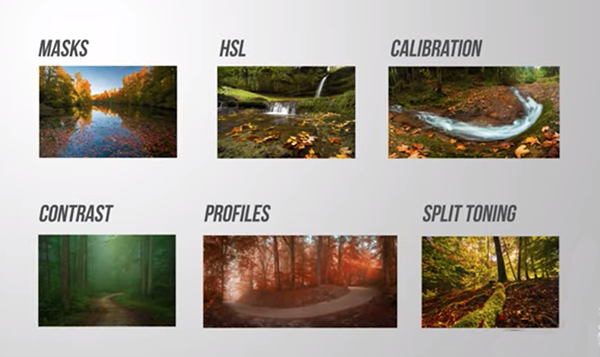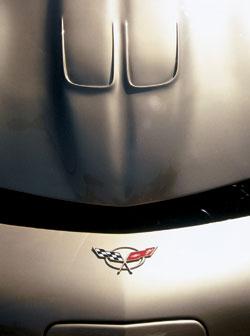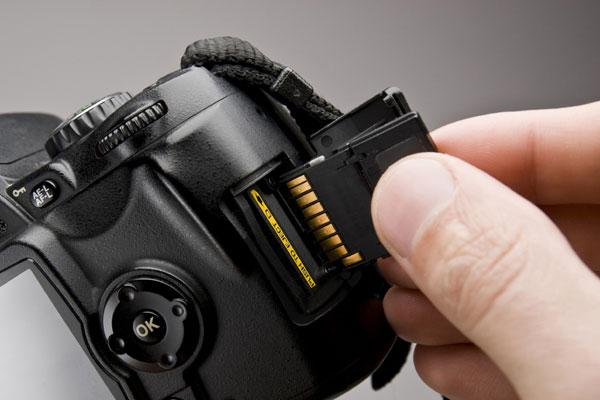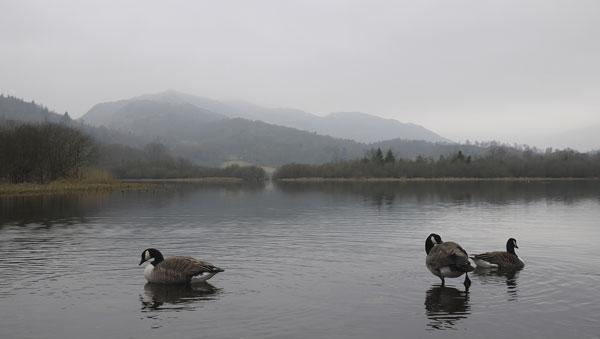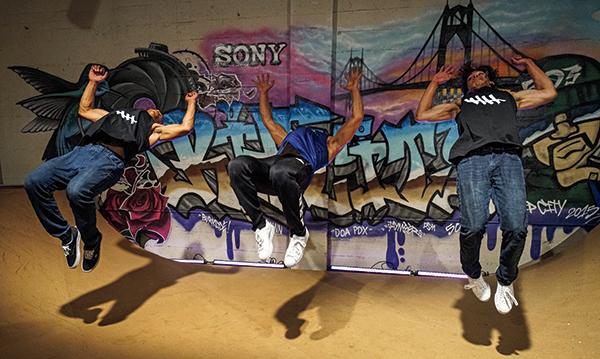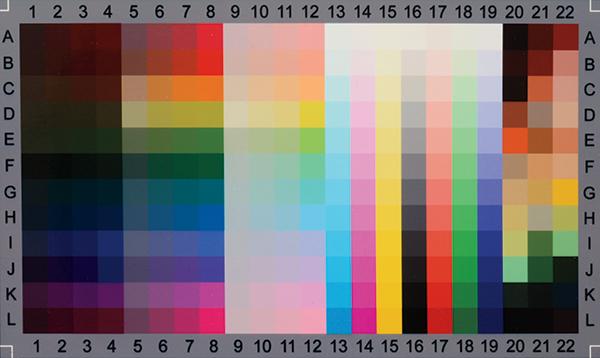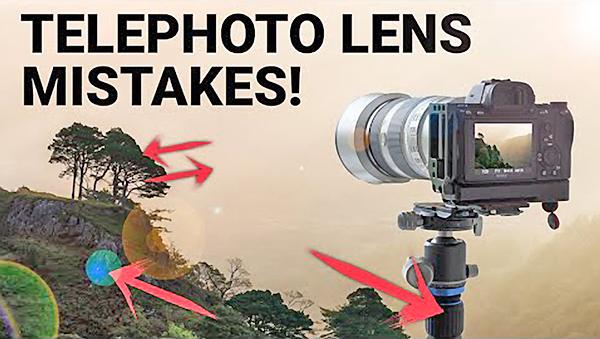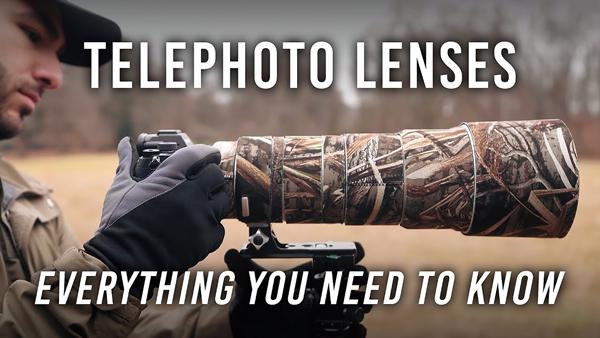Photo How To
Sort By: Post DateTitle Publish Date
|
Jun 17, 2024
|
Nov 10, 2020
|
Nov 18, 2014
|
May 27, 2014 |
First Published: Apr 01, 2014
|
May 23, 2014 |
First Published: Apr 01, 2014
|
Oct 19, 2012 |
First Published: Sep 01, 2012
|
Jun 03, 2014 |
First Published: Apr 01, 2014
|
May 20, 2014 |
First Published: Apr 01, 2014
|
Dec 09, 2016
|
Feb 21, 2017
